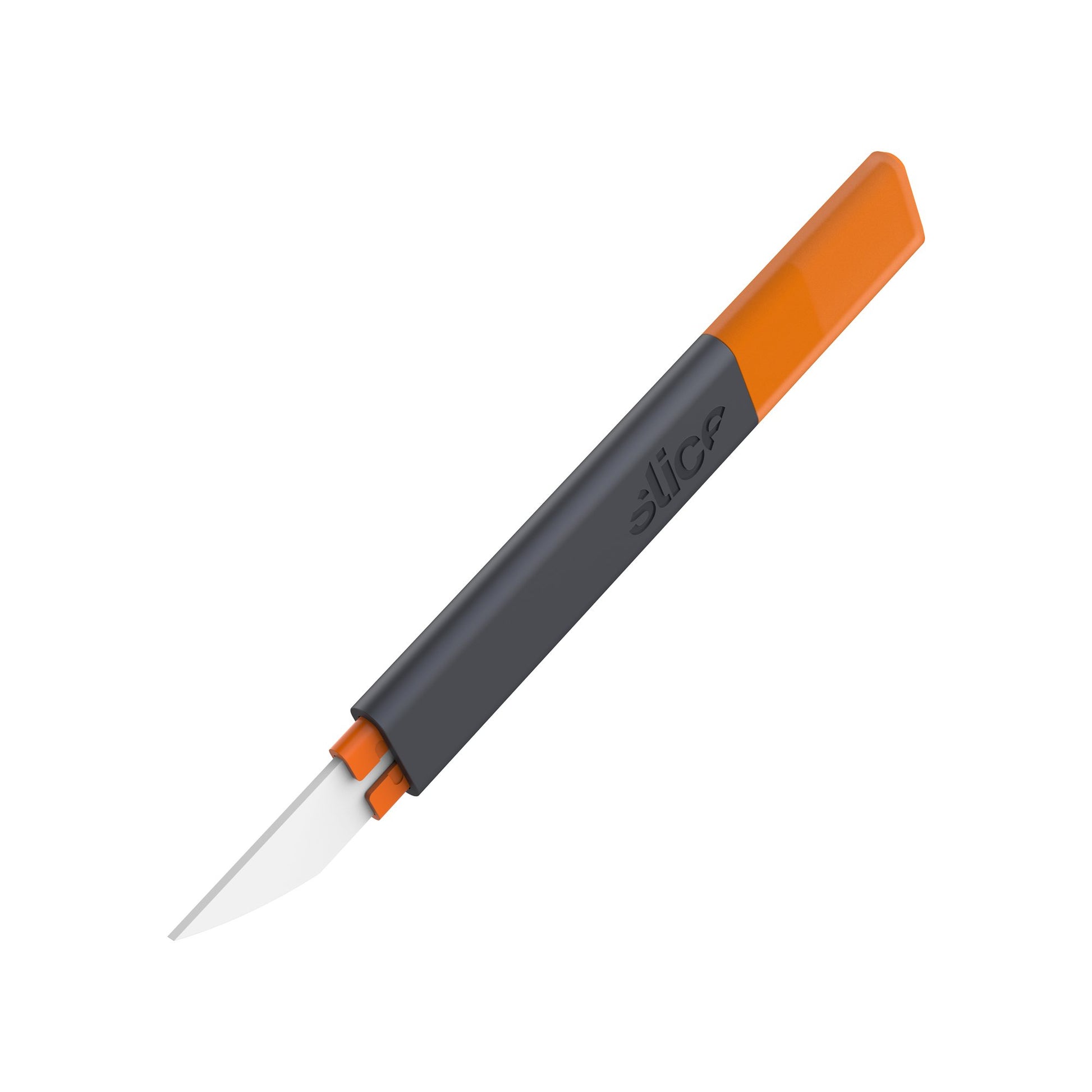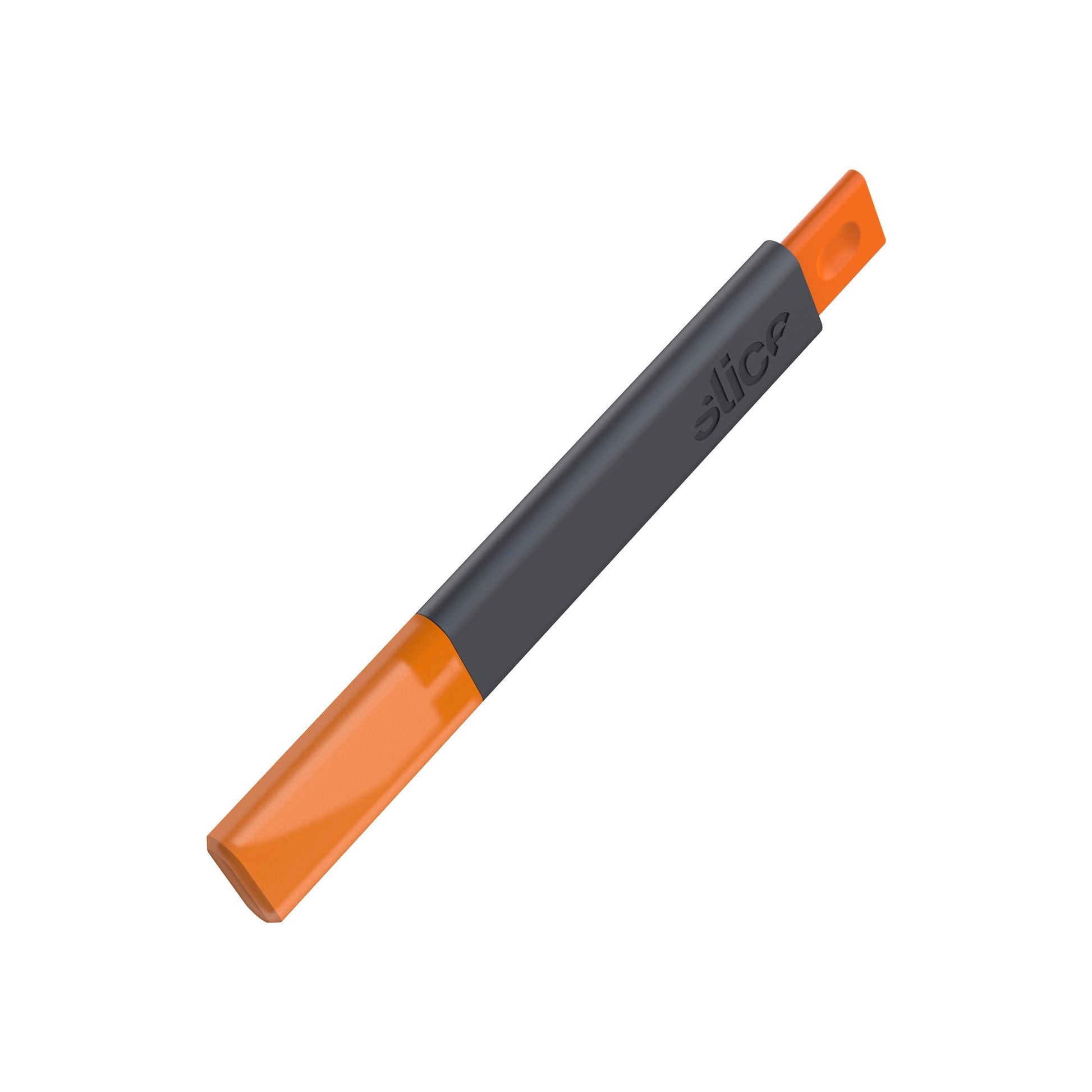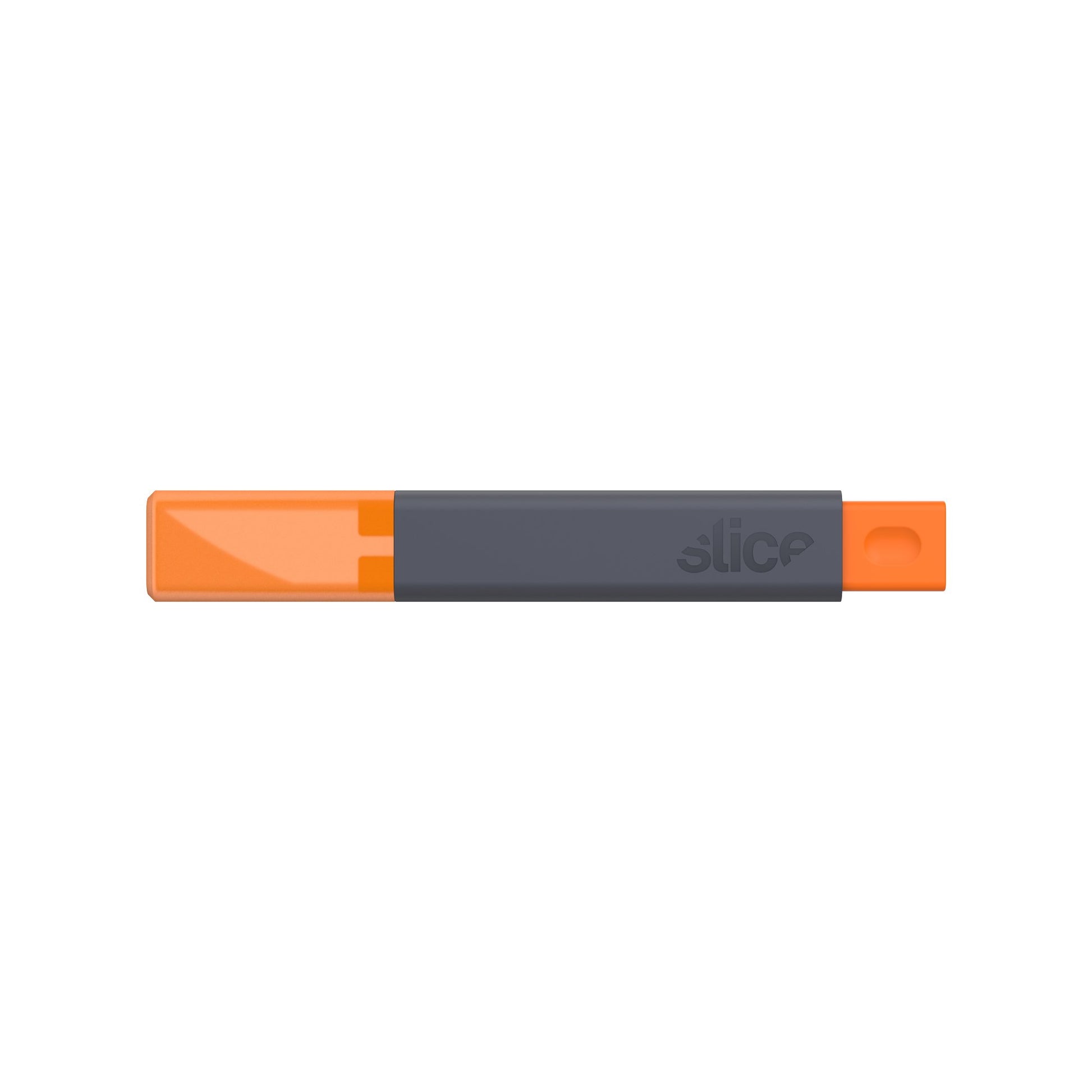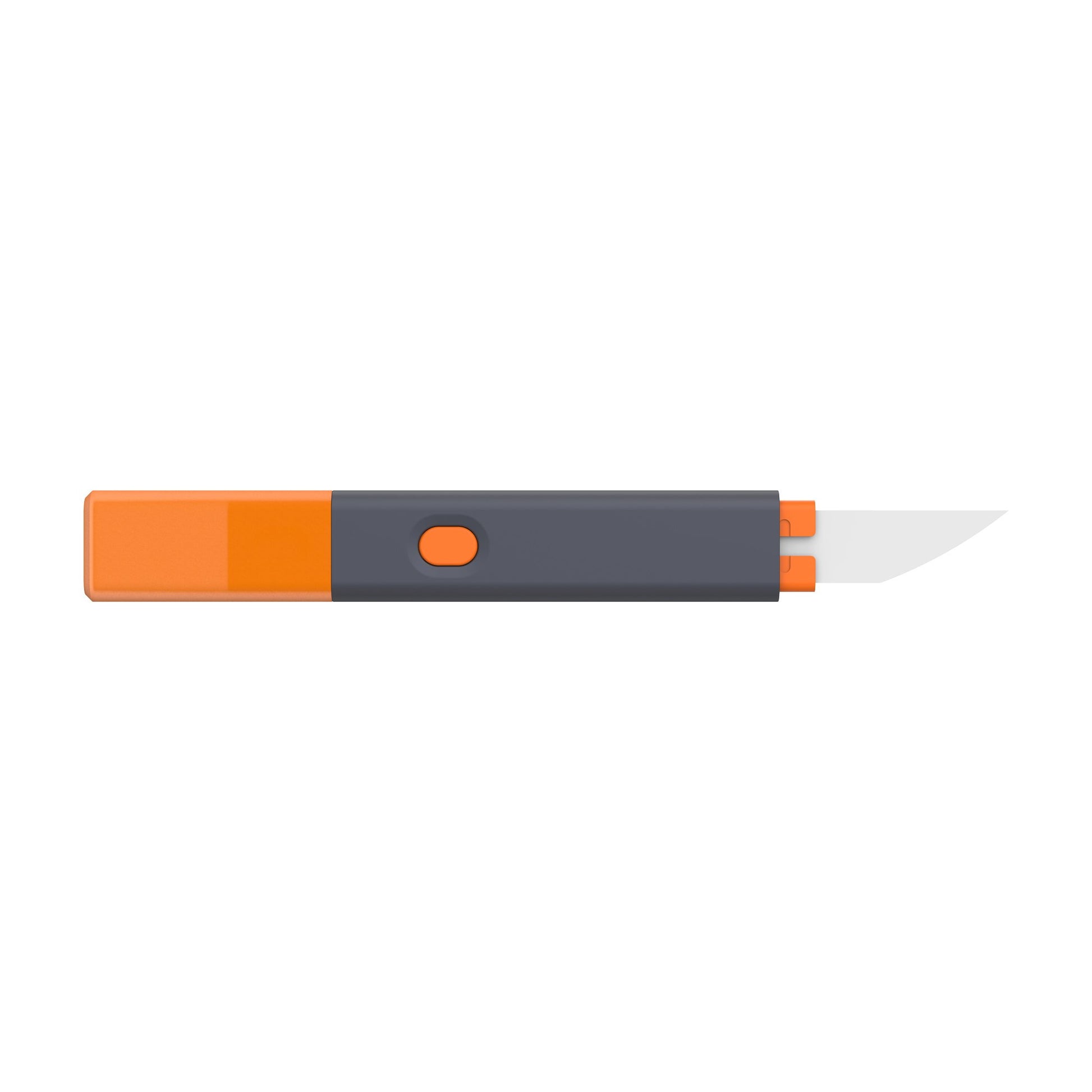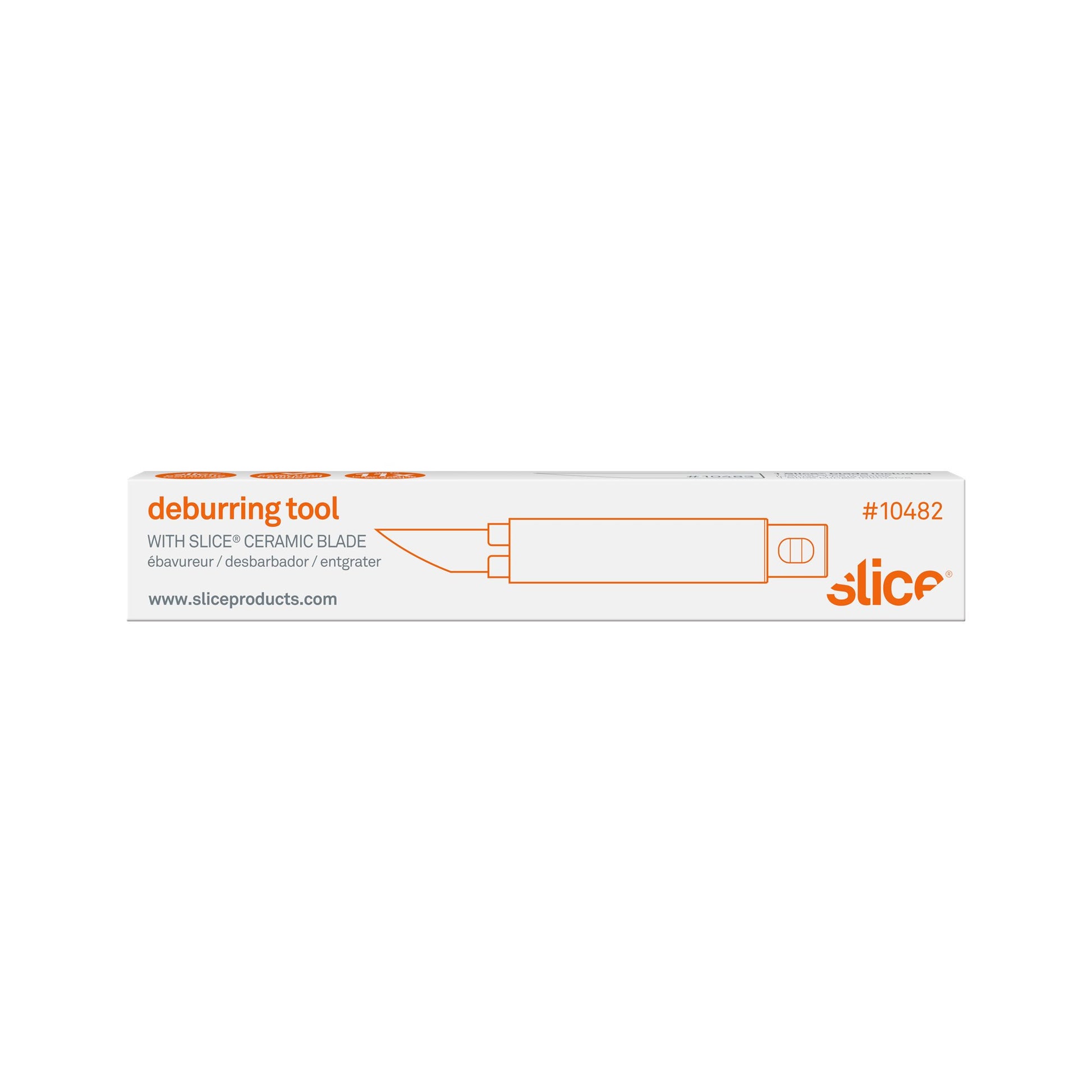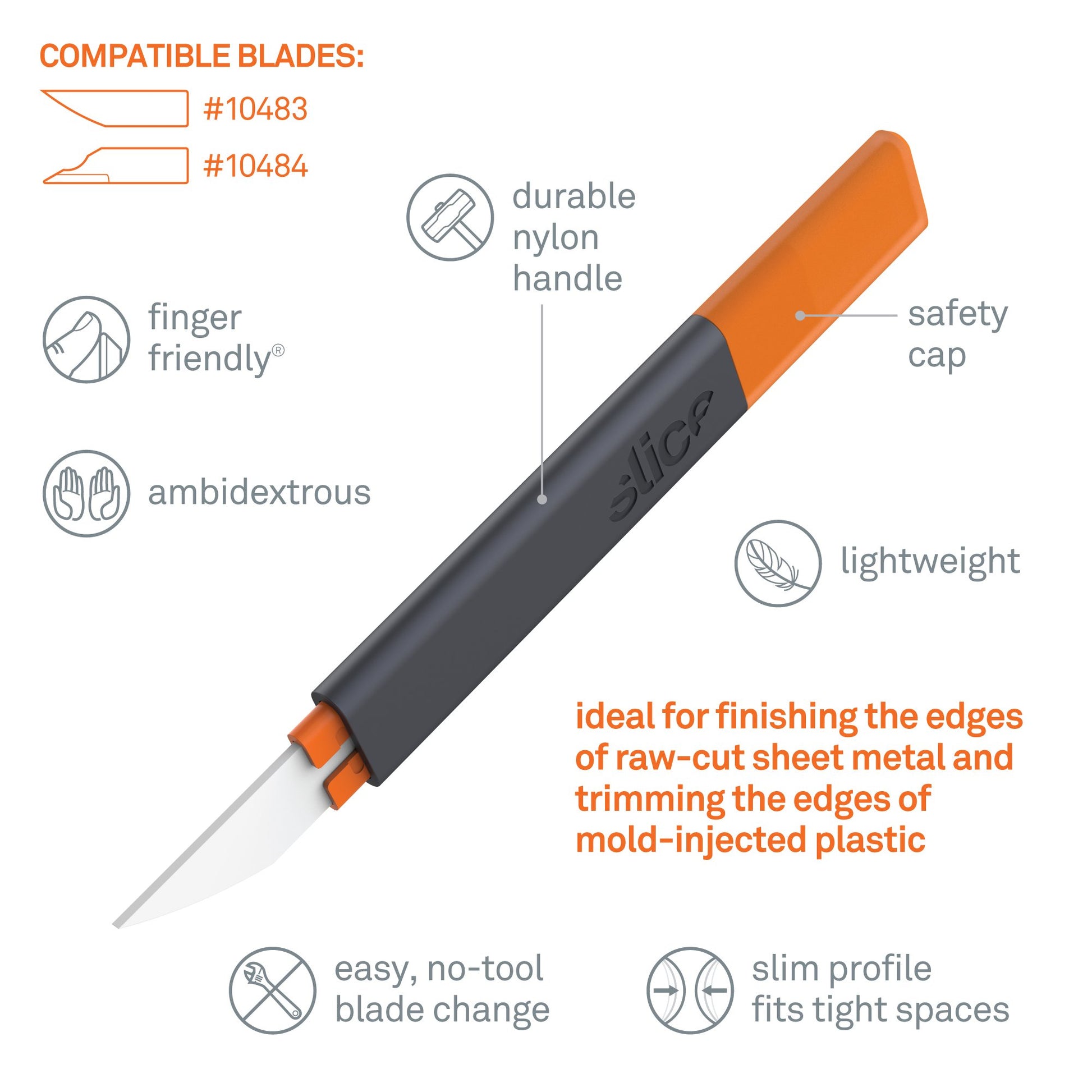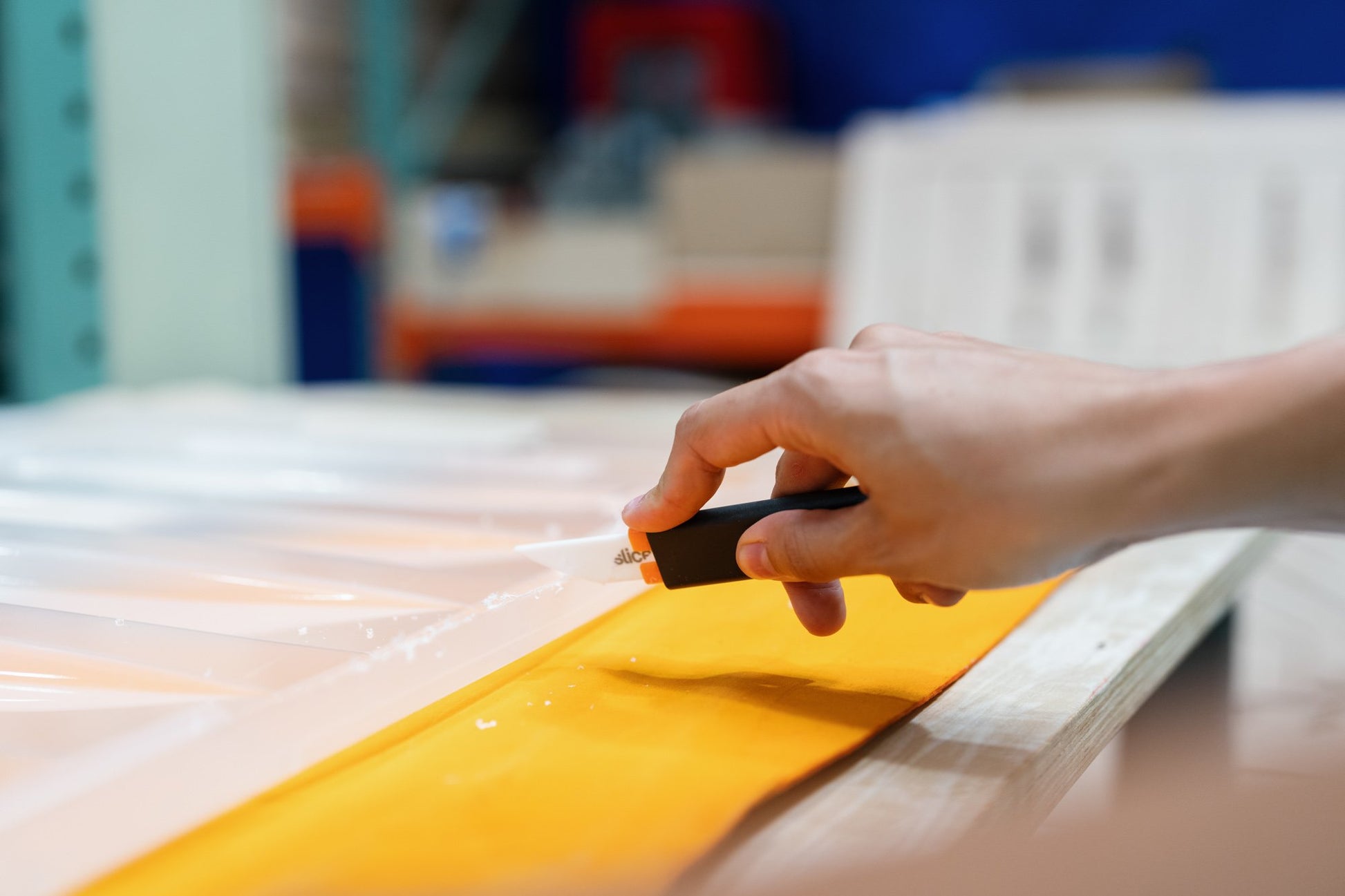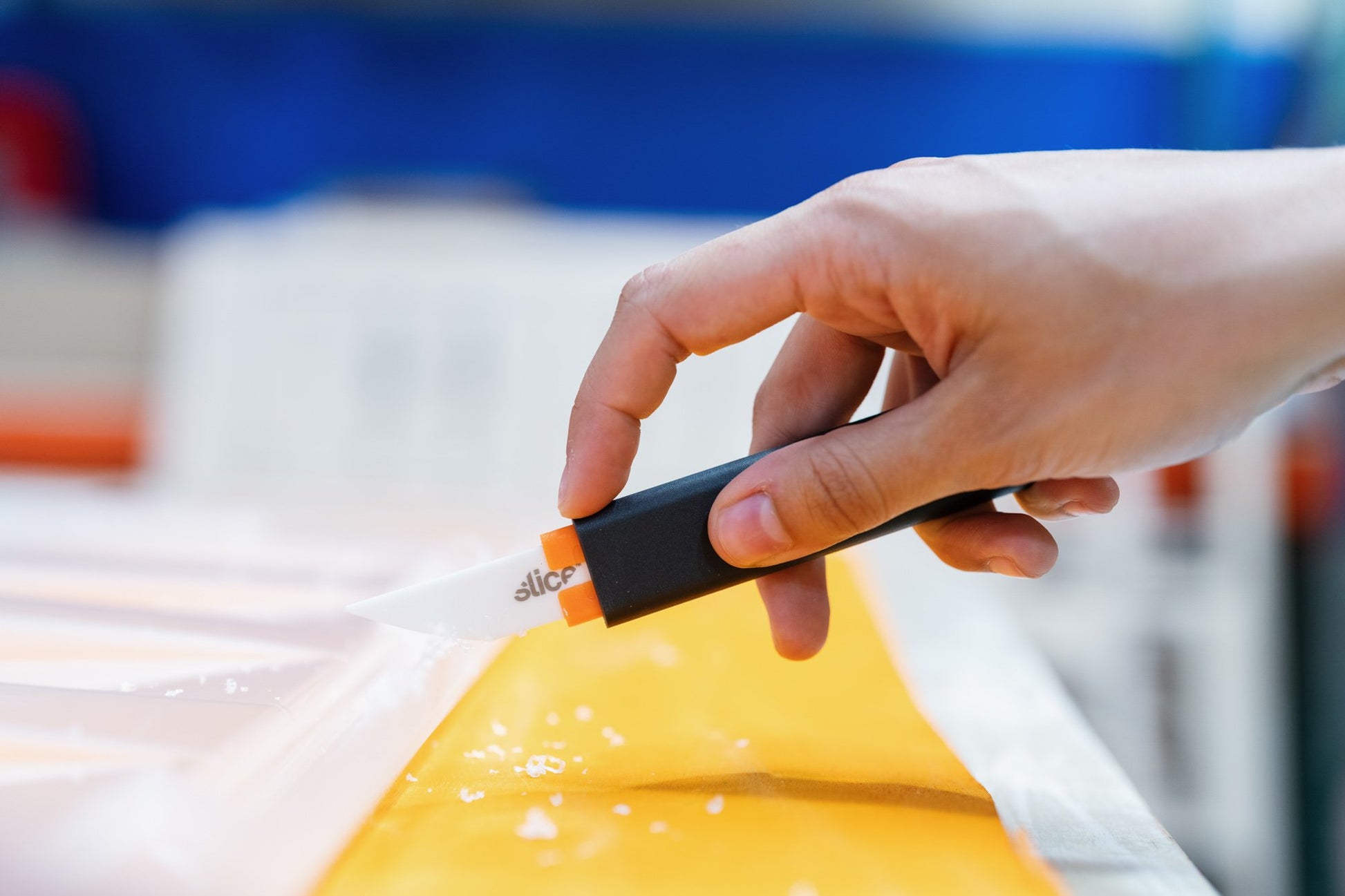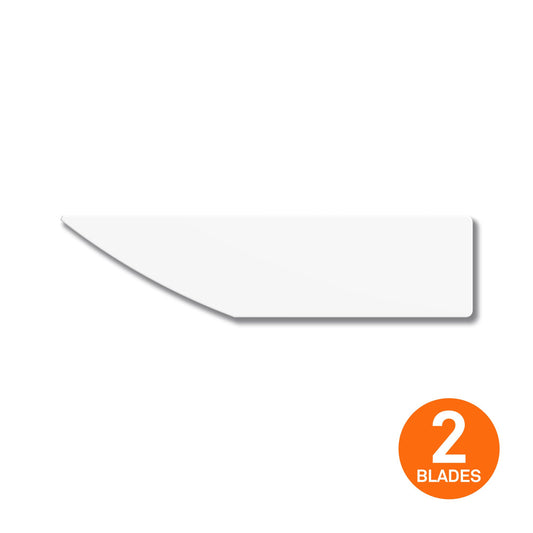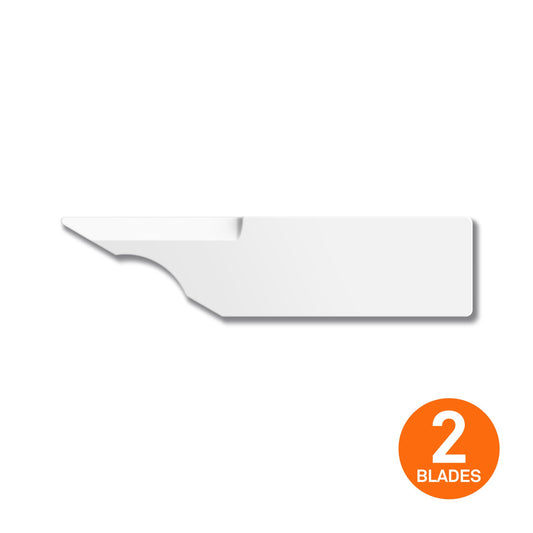Deburring Tool
SKU #10482
Couldn't load pickup availability
The Slice® Deburring Tool is agile and durable. Created specifically for industrial settings, it will improve your workforce’s effectiveness. Lightweight and slim, this deburring tool is highly portable and ideal for tight spaces. It’s compatible with either Slice’s convex or concave deburring blades, which are easy to change (with no additional tools required) and can be covered with a safety cap when not in use. It also contains in-built blade storage for added convenience. The reinforced nylon handle makes it ideal for industrial use, and it’s suitable for left- and right-handed workers.
- Lightweight and slim profile for agility
- Compatible with both Slice convex and concave deburring blades
- Safety cap for additional safeguarding
- Durable reinforced nylon handle
- Suitable for left- and right-handed workers
- Simple and quick no-tool blade change
- Convenient in-built blade storage
- Non-conductive blade for added safety
- Chemically inert blade that never rusts
- Slice® blades are 11.2x more wear-resistant than traditional blades
Great for:
- Finishing the edges of raw-cut sheet metal
- Trimming the edges of mold-injected plastic
- Smoothing edges from 3D printing
- Working with clay in art projects
Product Specifications
Product Specifications
Cutting Depth:
Material: GFN, POM, PP, zirconium oxide
Dimensions: L x W x H
Weight: 0.08 lbCompatible Products
-
Deburring Blades (Convex)
Regular price $25.49 USDRegular priceUnit price per -
Deburring Blades (Concave)
Regular price $25.49 USDRegular priceUnit price per
FAQ
What Is a Deburring Tool?
- Finishing the edges of raw-cut sheet metal
- Trimming the edges of mold-injected plastic
- Removing excess strings of polymer left on a 3D-printed object
- Smoothing the edges of machine components so they’ll fit together properly once assembled
How Does a Deburring Tool Work?
The tool offered by Slice is designed as a hand tool for a more custom approach. Like many other deburring devices, it relies on friction. The user essentially scrapes away at a rough edge, removing burrs and smoothing the finish. While sanding, which is a similar process, removes excess material on a flat plane, handheld tools for deburring allow a great deal of precision and maneuverability.

